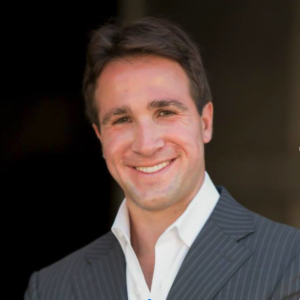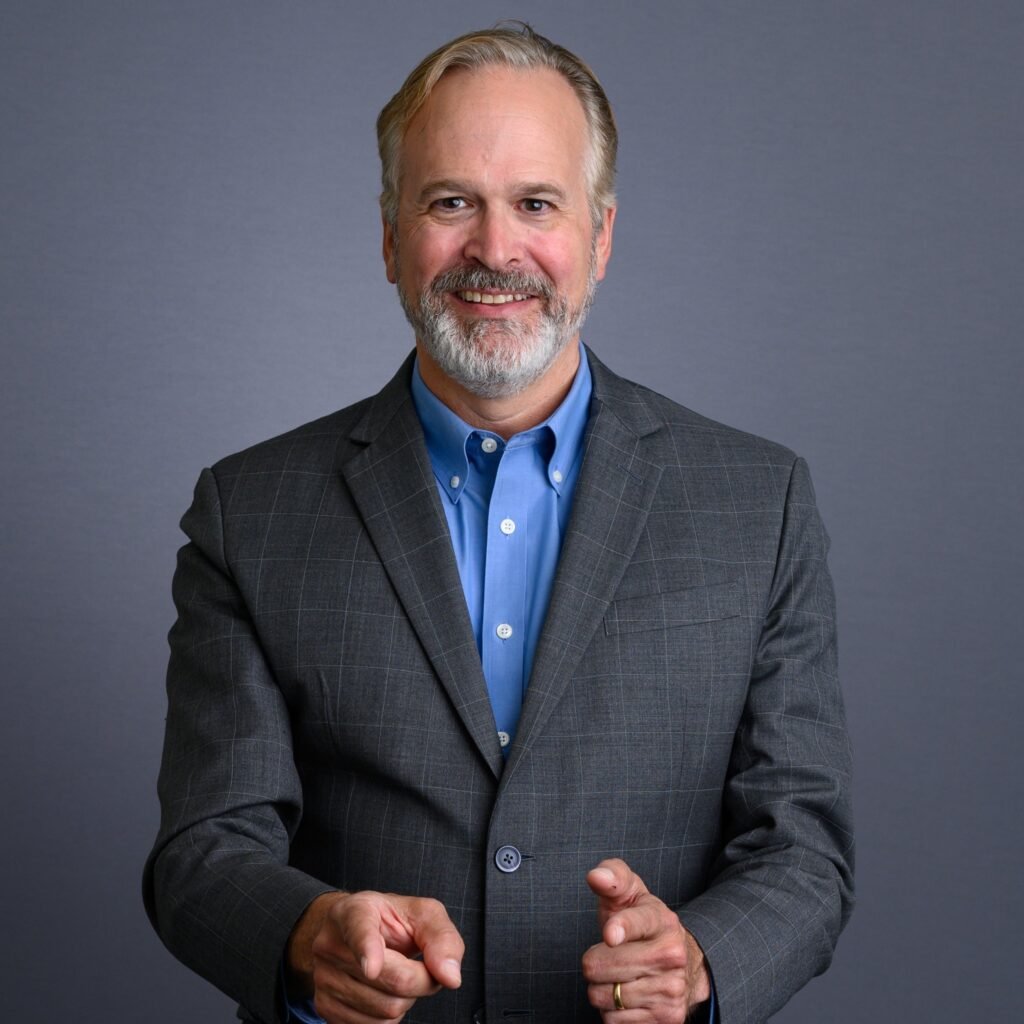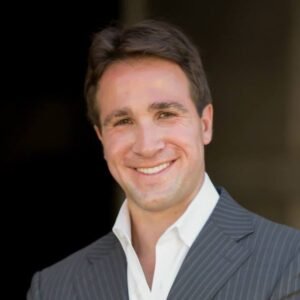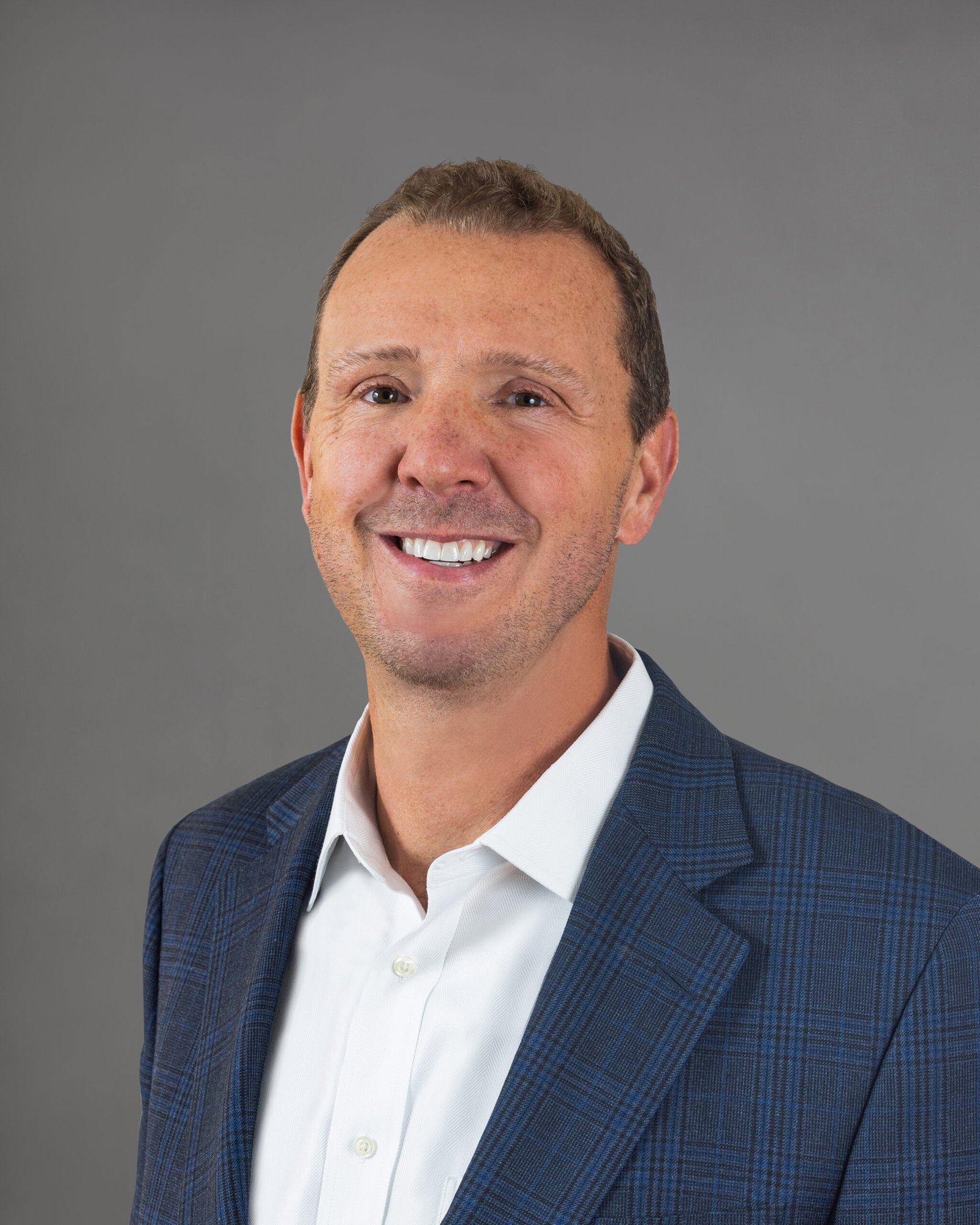I recently went one on one with Richard Hawkes, founder and CEO of Growth River and author of Navigate the Swirl.
Adam: Thanks again for taking the time to share your advice. First things first, though, I am sure readers would love to learn more about you. How did you get here? What experiences, failures, setbacks, or challenges have been most instrumental to your growth?
Richard: For almost three decades, I have worked as an advisor and guide to plan and implement transformational journeys with hundreds of business teams. Along the way, I have tested and refined ways of working that support change-savvy, purpose-driven, team-based companies. Recently, I wrote a book called Navigate the Swirl: 7 Crucial Conversations for Business Transformation.
I can trace the starting point of becoming a business advisor to a class assignment in business school in 1993. I was asked to write a business plan for a “dirt cleansing company.” The company’s purpose was to clean up toxic oil spills from leaking underground storage tanks, aka, LUSTS, by burning dirt in portable ovens. My services were offered through a program in partnership with the Small Business Administration (SBA). It was my first “official consulting assignment.”
I was so excited to be working on this project that I wrote a 150-plus-page business plan that completely overwhelmed the client. They were environmental scientists who simply wanted to save the planet by burning dirt. My business lingo left them speechless. However, my professors, who admittedly were business enthusiasts like me, loved it and I won an award for that year’s best business plan. I’m still an ardent business enthusiast, but thankfully today I have the training and experience to better channel my passion and create more effective client experiences.
Adam: What do you hope readers take away from your new book?
Richard: I think the title and subtitle of my book says it all. Navigate the Swirl: 7 Crucial Conversations for Business Transformation.
I want to help readers break free of a frustrating experience that many people have when working in teams and organizations. It is the feeling there is always another priority or drama, and people are being swept along in this swirl without clear purpose or focus.
The book contains 7 Crucial Conversations that will help readers initiate a journey with other people in their organization, so they will no longer need to navigate the swirl alone and will be able to align with others for the good of the organization and towards overall business competitive advantage.
Adam: In your experience, what are the key steps to growing and scaling your business?
Richard: My advice for growing and scaling a business comes in the form of mistakes to avoid. These include:
Mistake one is “placing too much emphasis on just getting things done.” “Just get it done” implies prioritizing activity over value. It is a symptom for a lack of shared vision or purpose. When teams face complex problems, ones that require deeper discussions and alignment to solve, a “just get it done” mindset can get in the way.
Mistake two is “focusing too much on Directive Leadership.” Directive Leadership is when a single leadership team leads an organization with the goal of nailing and scaling one business model. Functional capabilities are organized to support this business model.
Organizing in this way is usually a very positive step forward in the evolution of a business, especially for startup businesses. Performance can increase greatly as leaders make decisions around topics including incentives, compensation, strategic priorities, and who plays what role. However, once a company has an established business model, there are many situations in which directive leadership starts to become dysfunctional as an organizing structure. Directive leadership doesn’t have to mean that executives make all key decisions, but it is often interpreted that way.
Mistake three is “prioritizing financial returns or operational scalability above market potential.” To understand why this is a mistake, please take look at the following list. It includes Four Metrics for Competitive Advantage. Pay particular attention to the sequence: (1) Market Potential, (2) Operational Scalability, (3) Business Model Sustainability, and (4) Financial Returns. In this sequence, market potential comes first, and financial returns are last. Now here is the key point: if a team prioritizes these in a different order, for example, if they put Financial Returns first, the inevitable result is for business growth to stop. This specific sequence is a path to performance, while any other sequence will be a path to stagnation.
Adam: What do you believe are the defining qualities of an effective leader?
Richard: First of all, I agree with John Maxwell’s “law of the lid” concept which states that a team or company can never sustain performance at a level higher than the performance of its top leader(s). With this in mind, here are the qualities of effective leadership.
1. Leadership Clearing. Leaders must be willing to directly address factors that undermine shared purpose or performance, including removing toxic rock stars. Effective leaders are accountable and responsible for their teams performance and development.
2. Map the Journey. There are four things that leaders need to do to frame and to lead ongoing performance journeys. First, define the journey destination, for the team, organization, business, etc. Second, identify gaps in the current state versus that destination. Third, set clear today to tomorrow priorities in the current state. And forth, set clear tomorrow to the future priorities regarding target breakthroughs and event horizons. Teams and organizations must be aligned around these four elements to sustain shared transformational journeys.
3. Value Coachability: Leaders must prioritize coachability above technical skills in hiring and promotion decisions. And publicly demonstrate that they too are coachable. Coachability is the willingness and ability to receive and apply feedback in a way that creates high levels of trust and confidence in others.
4. Effective Decision Making: Leaders should practice a transparent decision-making process that is informed by the minimum number relevant perspectives. There are three main styles of: autocratic, consultative, and consensus. My experience is the decision-making style that allows teams and organizations to become high performing is somewhere between consultative and autocratic. It is not consensus.
5. Solve Conflicts Directly at the Source: Resolve conflicts in a drama free and matter of fact way. Do it directly, crossing functional and hierarchical lines as needed. My experience is leaders who avoid conflict promote it.
Adam: How can leaders and aspiring leaders take their leadership skills to the next level?
Richard: Here’s what I believe leaders need to do to grow.:
1. Visualize Your Leadership as a System. Leadership is the idea that all results in teams, organizations, and businesses occur in the context of relationships. Humans are visual creatures. We need to envision systems and processes to be able identify gaps in a way that we can test and validate improvements overtime. Leadership skills are no different. So, envision your leadership as a system with four elements: (1) the ways of thinking and acting that you demonstrate ???? (2) the experiences of that others have of you and the resulting relationships ???? (3) the activities that result (or don’t) because of those relationships ???? (4) the tangible outcomes that result (or don’t) from those activities.
2. Hire a Skilled Leadership Coach. Good coaching helps leaders understand the “way of being” of an individual, team, or organization in order to help create new ways to view the world. A skilled coach or workshop enables leaders to plan and sustain a personal improvement journey that will take their skills to the next level.
Adam: What are your three best tips applicable to entrepreneurs, executives and civic leaders?
Richard: My advice includes the following steps:
1. Lead Through Narratives. Especially in times of turbulent change, it can be easy for teams, organizations, communities, and stakeholders to lose the plot. So, leaders should draft and refine narratives to create engagement, clarify logic, test thinking, and drive alignment. In Navigate the Swirl, I recommend applying the following questions to draft a change narrative for your team and to explore this principle. What statement captures the core challenge or vision that you want your team to focus on solving? Why is it important and urgent? What solution path do you suggest?
2. Versioning. Modern organizations and companies are like big spider webs, where each strand is connected to countless others. That’s why you and your team should iteratively prototype, test, and validate in a way that is consistent with agile principles.
3. Guiding Coalitions. The goal is to create and sustain collaborative and trusting relationships with large target audiences or communities to create the conditions for adoption of change. The challenge is giving the people who are closest to the pain points a legitimate voice to influence. The solution is for team members to structure and manage guiding coalitions that sustain two-way collaborative dialogs. It is not to implement an external communication plan without an effective mechanism for listening.
Adam: What is your best advice on building, leading and managing teams?
Richard: My advice includes the following steps:
1. Pay attention to Leadership Impact. A leader’s focus and mindset can be contagious to their team or organization. All outcomes in teams and companies happen in context of relationships. So, team leaders and members should focus on being self-aware and accountable for the impact of their leadership styles.
In Navigate the Swirl, I recommend that leaders apply the following questions to explore this principle: What is your personal purpose? How strongly does that purpose frame your focus and mindset? How self-aware are you personally around the ways in which your focus and mindset drive your actions? How do those actions enhance or limit your relationships with other people? How do those relationships enhance or limit the outcomes that you are trying to sustain (or not)?
2. Alignment Is Required, Agreement Is Optional. Team members need to learn to align as a unified force, even when individually they don’t necessarily agree and might have done something different on their own. To create that kind of alignment, leaders must become skilled at breaking complex issues down to the key choice points and breakthrough experiences.
3. Write a Team Charter. To be effective, teams require a clear definition of purpose, one that gives them a basis for organizing and managing shared work. A team charter is a document in which team members clarify a team’s purpose, outcomes, and in-team commitments. Different types of teams will have different types of purposes. In an effective team-based company, the charters for different types of teams should fit together like puzzle pieces, enabling an overall system of teams.
Adam: What is the single best piece of advice you have ever received?
Richard: The best advice is actually a comment I read by Kurt Lewin: “If you want truly to understand something, try to change it.” Over decades, my colleagues and I have tried to change numerous organizations and companies—from small startups to well-established mid-sized businesses to massive multinational enterprises. It’s not the most elegant way to learn, especially when starting out, since the true nature of an entity is often revealed as it resists efforts at transformation. But it’s only when you start trying to move the pieces that you see how they’re all connected, what keeps them in place, and what animates them. And what you discover forces you to rethink your approach. I’m still learning, to this day, but what I can say with confidence is that the more I’ve learned about what teams, businesses, and companies are, the more effective I’ve become as an agent of change.









